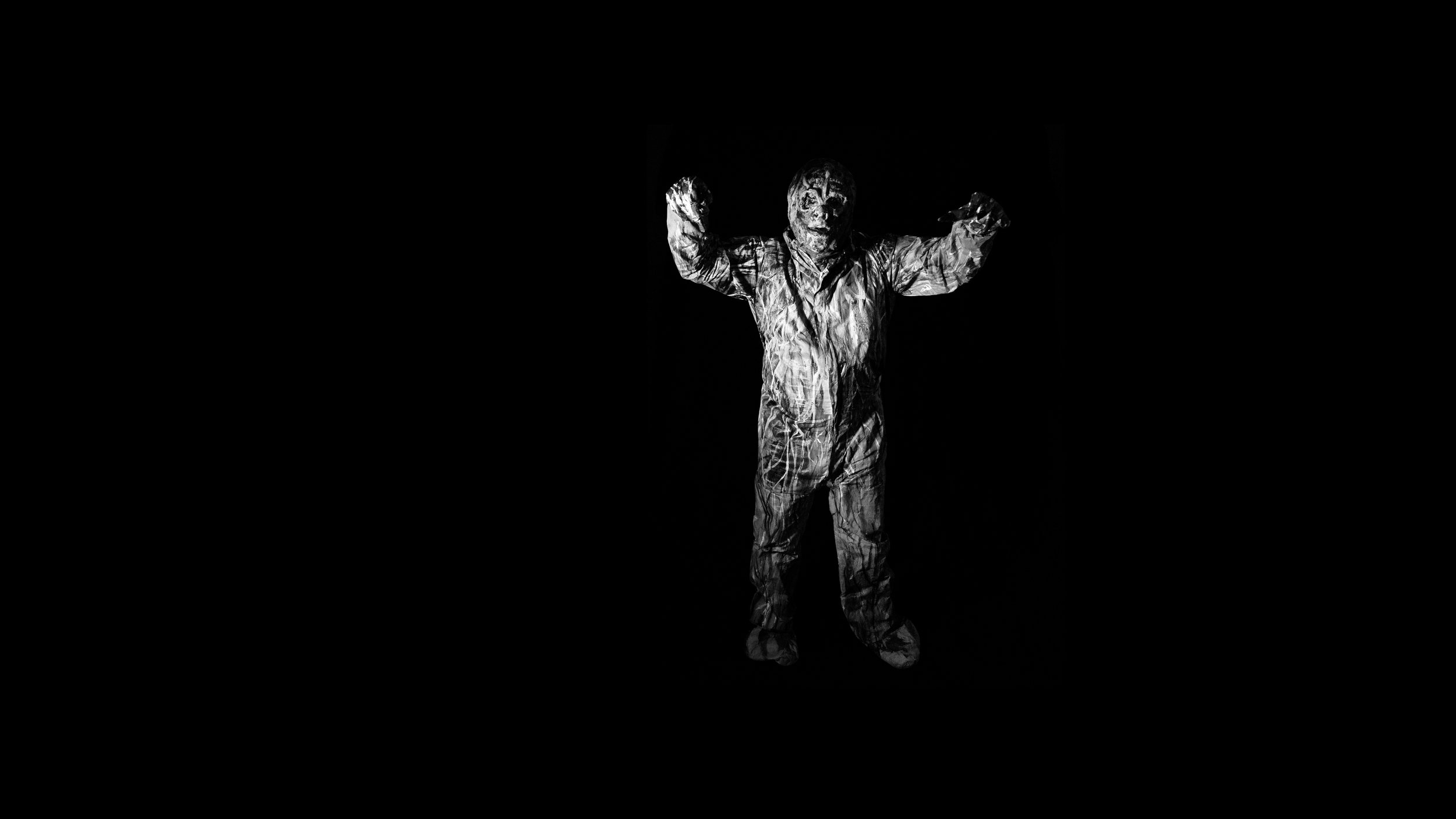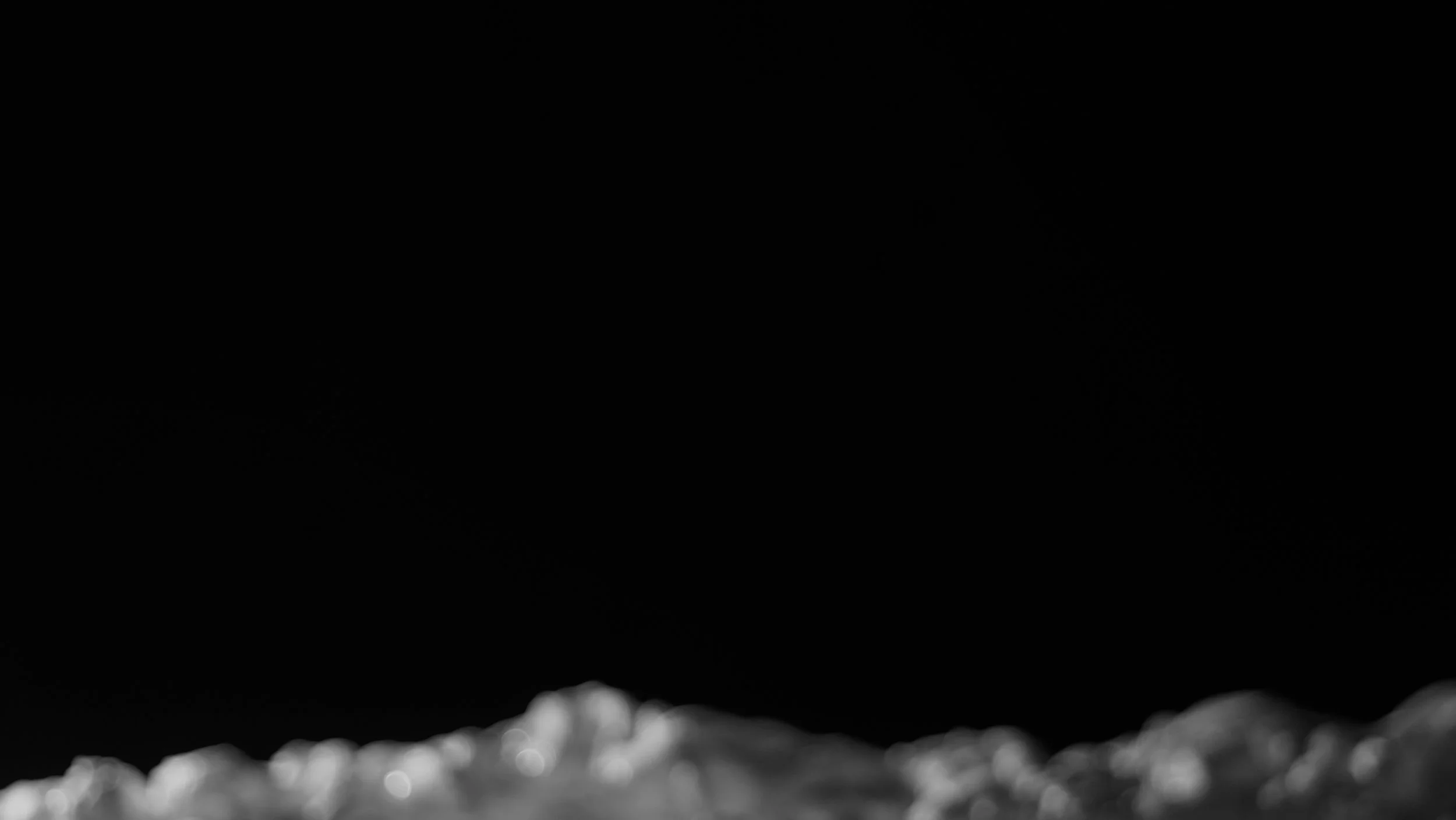Bigfoot Island
As a child, I built a spaceship in my closet. I took the needle of my record player and crushed it into the turntable to make a rocket sound. I hammered a lucite coat hanger into the floor as a steering wheel. My handprinted view screen had a planet in the distance, and a piece of glass that looked like a rock as a power source, maybe a paperweight. My father was a traveling salesman who sold paperweights, among other things.
Images burrow themselves into the subconscious, their meaning ebbs and flows like radio transmissions from a past long forgotten. They return years later, the context gone, only appearing as vague references of their original forms.
I watched a lot of television back then. Television of the 1970s had a dreamlike, ephemeral quality. Sometimes you saw a show and had no idea what you were watching. You joined things in the middle, so stories slipped into disconnected fragments of narrative. Now, years later, images from these TV shows — Lost in Space, the Six Million Dollar Man, Star Trek, and Land of the Lost, among others — have resurfaced in the narratives I construct, blurred with the memories of the spaceships I built in the closet, the alien landscapes I sketched, and visions from my dreams. Strange planets made on Hollywood sound stages and spacemen floating in the black void fuel my work. I take these remembered moments of television and sculpt new narratives from cardboard, styrofoam, paint, smoke, and costumes.
This series, Bigfoot Island, suggests a children’s television show that might have existed between the channels, a reconstructed diary of channel surfing from my childhood. These still and moving images, created with a blend of analog and digital processes, function both as dioramas to be observed and as a secret distant world you might explore in person, if only you could find your way there.


































